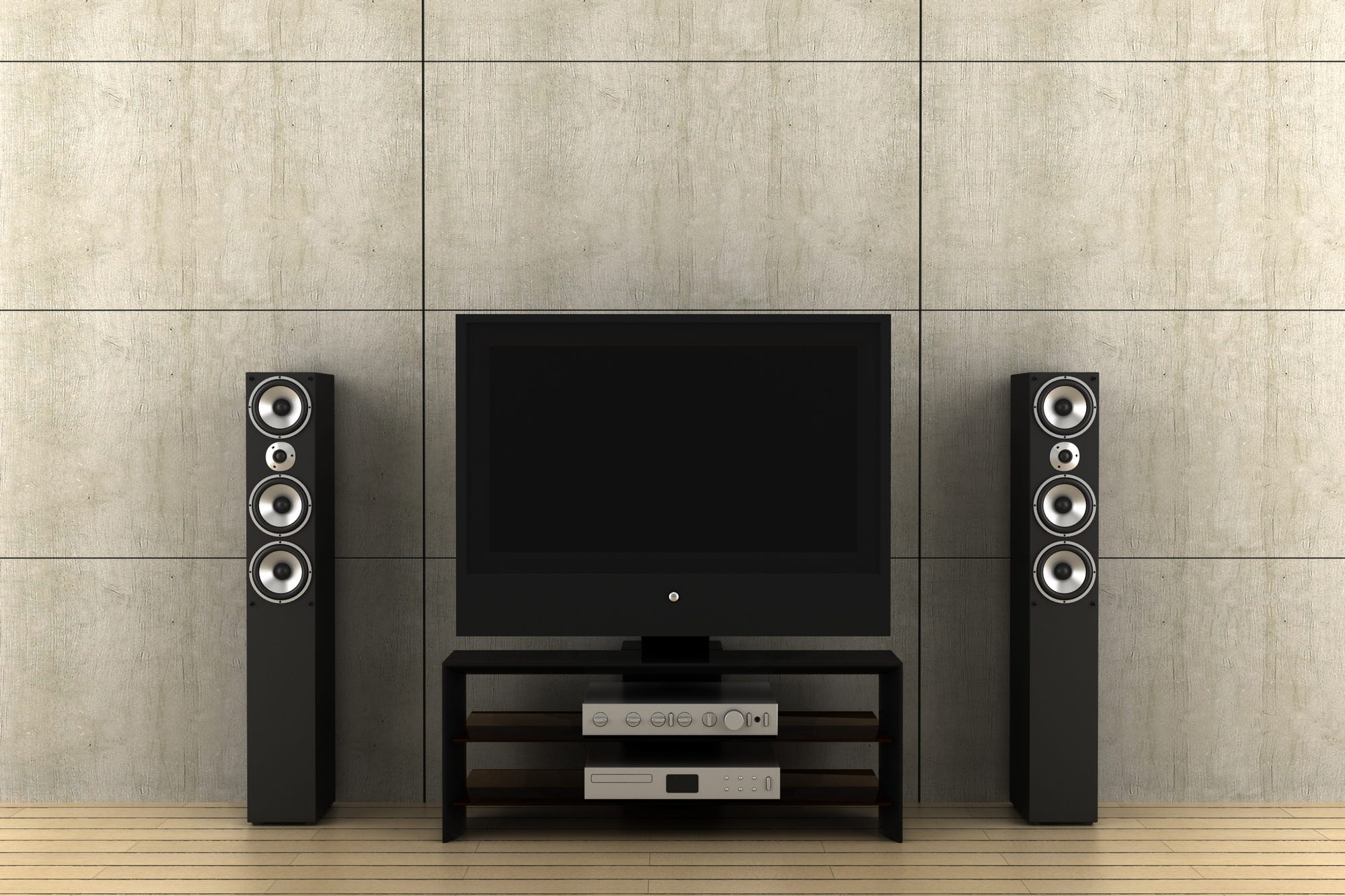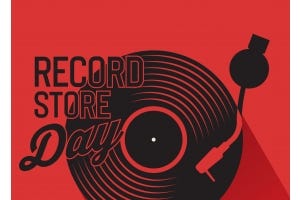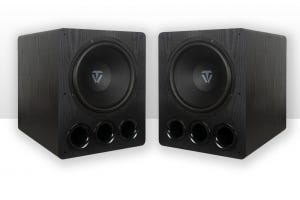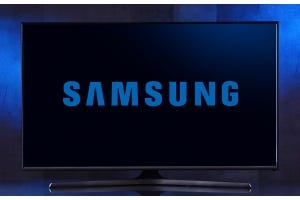
You may have seen terms like passive and active before while shopping for speakers. All loudspeakers are either passive, active, or powered. You may even know which type your speakers are, but you might not know what it means. The type of speaker you have indicates specific differences in how it functions. If you're in the market for new speakers, you might be wondering which type is best. As always, it depends. There are pros and cons to each speaker type and the best option just depends on your specific needs and preferences.
Passive Speakers
In order to understand the differences between these types of speakers, it's important to understand a little bit about how speakers work. When an audio signal is sent from the source, like a CD player or turntable, it needs to be amplified before being played the speakers, otherwise it won't be produced at a loud volume. Once the signal is amplified, it passes through a filter network known as a crossover. The crossover separates the signal into high frequencies and low frequencies to send them to the different drivers within the speaker. This ensures that the tweeter (the small driver) only produces higher frequencies and the mid/bass driver produces everything else, reducing interference between frequencies. Sometimes the crossover splits the signal up multiple ways if there are more than two drivers.
In a passive system, the signal is amplified in a separate device (an amplifier) before it reaches the speakers, and neither the speaker or the crossover network is powered. Passive speakers are usually the most affordable because there aren't as many complex electronics in the cabinet. That being said, they require a separate power amplifier, which is an additional investment. Many people prefer to have these devices separate so they can upgrade one part of the system easily, or try out other components.
Active Speakers
With an active system, you don't actually need an amplifier. The crossover network in the speakers is powered and distributes the signal, and each individual driver within the speaker is also powered with its own amplifier within the cabinet. Altogether a pair of active speakers usually has four to six power amplifiers inside.
Opposite to passive speakers, the biggest downside of active speakers is usually cost. With built-in amplification, active speakers can carry a much higher price tag. You also have less flexibility and control over your system because everything is built-in. It also might go without saying that the amps built in to active speakers are likely not as high of quality as a dedicated power amplifier. However, the amps in the cabinet are typically optimized to work well with the specific drivers they're paired with. Additionally, an active system has much shorter signal paths from the crossover to the power amp to the drivers, which means less opportunity for distortion or signal degradation.
Powered Speakers
Sitting somewhere in the middle of active and passive are powered speakers. Each powered speaker only has a single power amplifier for the drivers, and the crossover network is passive. Powered speakers tend to be more affordable than active speakers because they aren't quite as complex. They also offer a short signal path like active speakers do. With only one power amplifier per speaker, you might not be getting the best quality amplification when you choose powered speakers.





